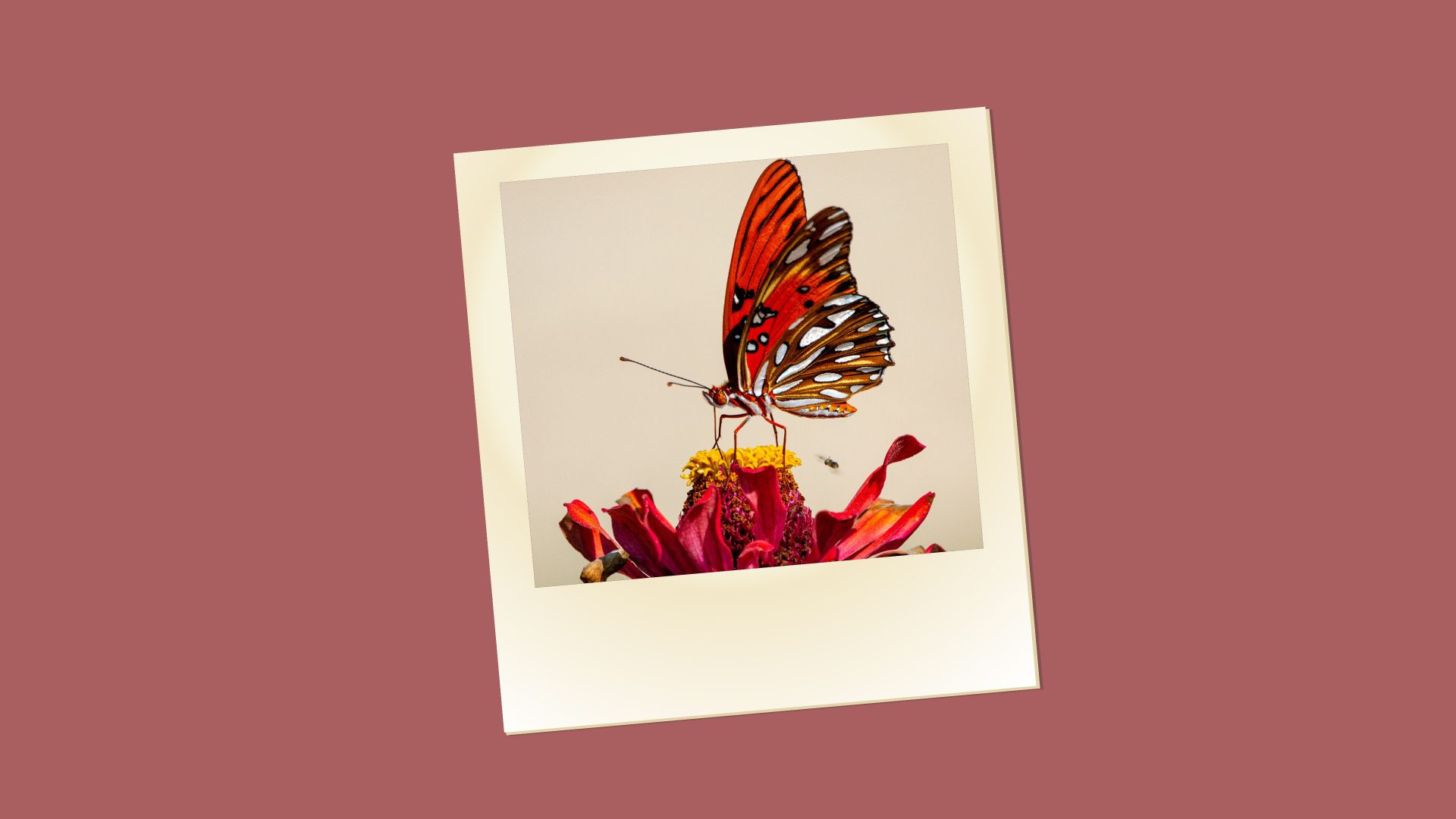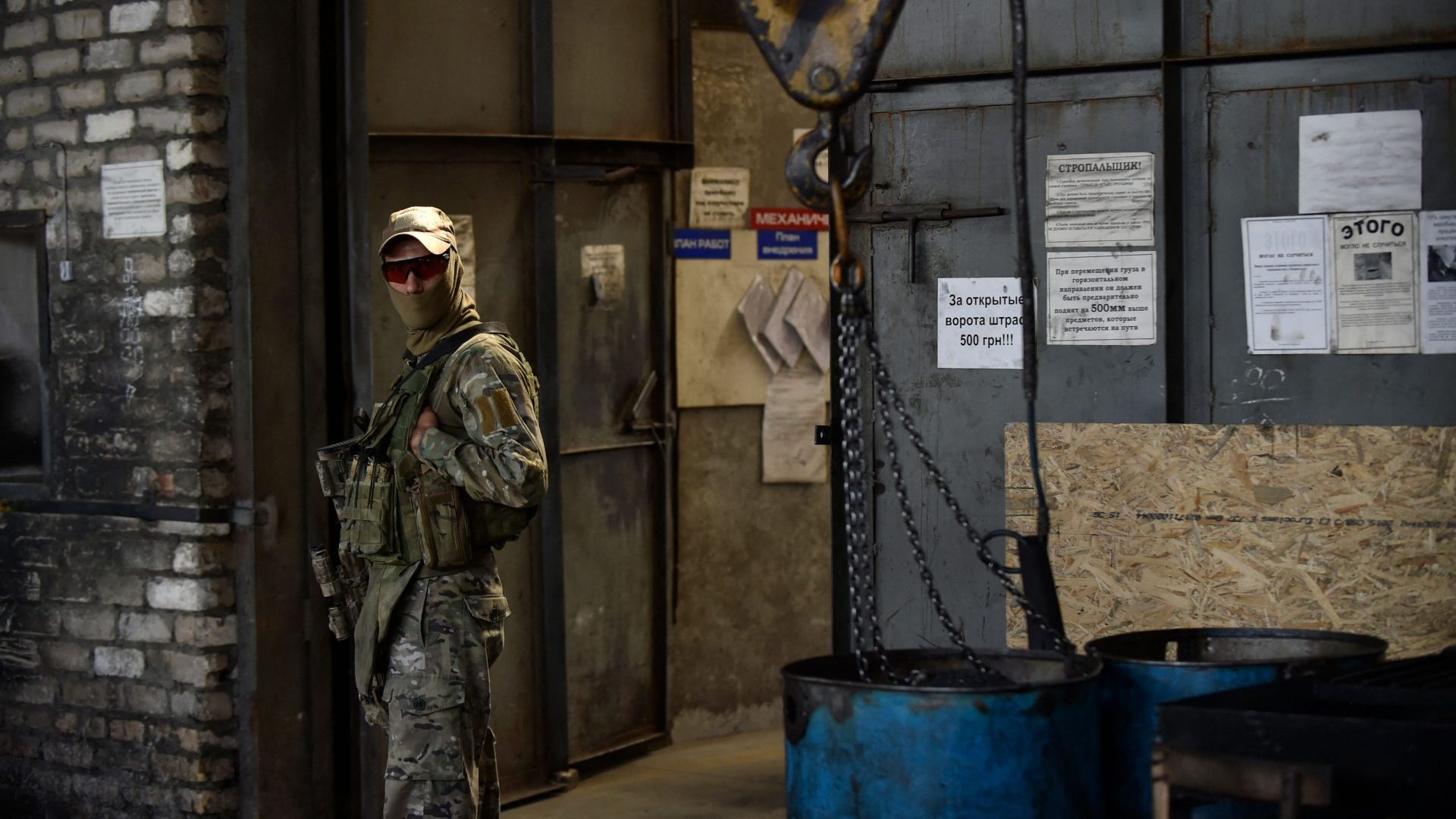The ancient Chinese philosopher Zhuangzi dreamed that he was a butterfly going from flower to flower. He was sure he was a butterfly. Then he woke up. But he couldn’t then tell whether he was Zhuangzi who had dreamed of being a butterfly, or a butterfly dreaming that he was Zhuangzi. If he had a
choice, today it would be much safer for him to be a philosopher dreaming about being a butterfly than vice versa. UK butterflies are under threat.
The Big Butterfly Count is under way, ending on August 7. After that, we’ll know better how some of our species are faring. To date, the commonest sightings by citizen naturalists have been of large whites, gatekeepers, and meadow browns. But first impressions of overall numbers and the variety of species are not great.
When I was a child, buddleia bushes flickered with the wings of butterflies, 20 or 30 or more feeding or basking in the sun. These were mostly small tortoiseshells, large whites and red admirals, though some years there were painted ladies too. Today, small tortoiseshells are in steep decline, largely because of a parasite fly whose larvae devour the caterpillars from the inside.
Buddleias, now in flower, are at most attracting one or two butterflies at a time, often none. This is worrying. It may be caused by the widespread use of insecticides, the loss of hedgerows, climate change or something else entirely. But things are not going well for butterflies. We used to call buddleias butterfly bushes, but that name would seem opaque to today’s children.
Why, though, should we care about losing butterfly species, or about their overall numbers declining so sharply? Bees pollinate plants we grow for food, but what do butterflies do? One answer is that biodiversity is important. We need complex ecosystems with a variety of species occupying different evolutionary niches because with each species loss the risk of a collapse of the whole ecosystem increases. There might be a nationalist argument too – some butterfly species, as the red squirrel used to be, are intimately connected with the British countryside. Their loss, like the loss of so many elm trees because of Dutch elm disease, changes how we think about and value our surroundings.
I want to make a different sort of case for butterfly preservation: an aesthetic one. Almost everyone is sensitive to the beauty of butterflies. That’s odd, though. Why would people across the world have evolved to enjoy looking at the patterns on the wings of a range of insects that we don’t eat, and which don’t seem to play a direct role in our lives? One answer might be that the presence of butterflies can be a good indicator of a hospitable place to live, or of plants that our ancestors might have found palatable. That’s hard to prove or disprove. But today we don’t need a pragmatic or evolutionary reason like that to value butterflies. There’s a joy in seeing a variety of butterflies rather than a monoculture of large whites: we enjoy the bright yellow of a brimstone, the red and black of a red admiral, the eyes on the wings of a peacock butterfly, the neat circles on a ringlet, or the jagged edges and intense orange-browns of a comma.
The Bloomsbury art critic Clive Bell declared in his book Art that what all
works of art have in common is Significant Form: particular patterns of lines, shapes, and colours that have the capacity to produce an aesthetic
emotion in a sensitive viewer. He thought this was a timeless quality shared by all art (and was clearly wrong about that). He also declared that this was very different from the beauty we discover in a butterfly’s wings: only human-created patterns, which underlay representational art as much as abstract, he believed, could trigger this deep aesthetic response. Beauty in nature was something different.
In Evelyn Waugh’s Brideshead Revisited the Oxford undergraduate Sebastian Flyte flicks through Bell’s Art and comes upon the rhetorical questions: “Does anyone feel the same kind of emotion for a butterfly or a flower that he feels for a cathedral or a picture?” The expected answer is obviously, “No.” Sebastian, however, responds with a passionate, “Yes. I do.”
You don’t have to be a decadent aesthete like Sebastian, though, to recognise and care very deeply about beauty in the natural world. We should do everything we can to preserve these extraordinary insects. We don’t want to wake up and find they have gone.



